There have been many adaptations of this classic tale, but 1920’s “Dr. Jekyll and Mr. Hyde” is arguably one of the best to ever hit the silver screen.
Recently I got to attend a very special screening of John S. Robertson’s Dr. Jekyll and Mr. Hyde. The film came out in 1920 and stars John Barrymore as the titular transforming doctor. This adaptation of Robert Louis Stevenson’s classic novella “The Strange Case of Dr. Jekyll and Mr. Hyde” is considered by many to be the most unique out of all the cinematic adaptations (interpretations) in the history of film.
I loved everything about this adaptation. Dr. Jekyll (we found out it’s really pronounced jee-kil) and Mr. Hyde is one of my favorite stories, but I held off seeing this adaptation with the hope that I’d someday get to see it on the big screen.
In this adaptation of Dr. Jekyll and Mr. Hyde, a young Dr. Jekyll is living a virtuous life — a life of caring for the poor, the sick and the underprivileged. His moral compass is as straight as an arrow, and many of those around him respect and wonder at his lack of vices.
Upon visiting Millicent (Martha Mansfield), the girl he is to marry, Millicent’s father, Sir George Carew (Brandon Hurst), injects the idea into Jekyll’s mind that man has two “selves”. He then tells Jekyll that, “A man cannot destroy the savage in him by denying its impulses. The only way to get rid of a temptation is to yield to it.”
This decidedly decadent and dangerous assertion leads Jekyll to wondering if it’s possible to separate a man’s two natures (selves) and house them in different corporeal forms. This way the one (self) does not corrupt the other. Or so his logic goes. From here Dr. Jekyll creates Edward Hyde, his horrible alter ego, into which he transforms using a potion of his own creation.
At first the horrible Mr. Hyde does not encroach much on the saintly Dr. Jekyll, but this quickly changes. Before long, Dr. Jekyll and Mr. Hyde are no longer different sides of the same coin, but the same side of the same coin continually flipping. Eventually, Dr. Jekyll takes the only option he has left. He kills Mr. Hyde — and in killing Mr. Hyde, he kills himself.
John Barrymore is convincingly virtuous and conversely vile as both Dr. Jekyll and Mr. Hyde. An actor of the highest caliber, it is amazing that acting was not his first choice for a profession. In the excellent introduction that accompanied the screening, we learned that John Barrymore actually wanted to be an artist and that much of his existing artwork reflects his fascination with the “grotesque”.
This fascination comes out in full form with the introduction of Mr. Hyde. With his elongated skull, hands fingernails, his hunched stature and his leering gaze, John Barrymore makes a genuinely frightening symbol of man’s evil side.
It should be noted that all the other performances in this production were of the highest quality. You truly hate Sir George, who infects Dr. Jekyll’s mind and eventually gets his comeuppance. What’s more, you genuinely feel the longing and the love that radiates from Millicent. Beyond the acting, the sets and effects were quite strong.
Like the story itself, this production of Dr. Jekyll and Mr. Hyde is a tight production. Everything is on point, everything matters.
I attended this screening of Dr. Jekyll and Mr. Hyde with my friend and fellow reviewer, Josh Blodgett. We had a great time, and we shot a review of the screening which will be up on the Psychic Celluloid Signals YouTube channel very soon. A special thank you to The Dryden Theatre for allowing Josh and I to see this startling piece of silent horror cinema.


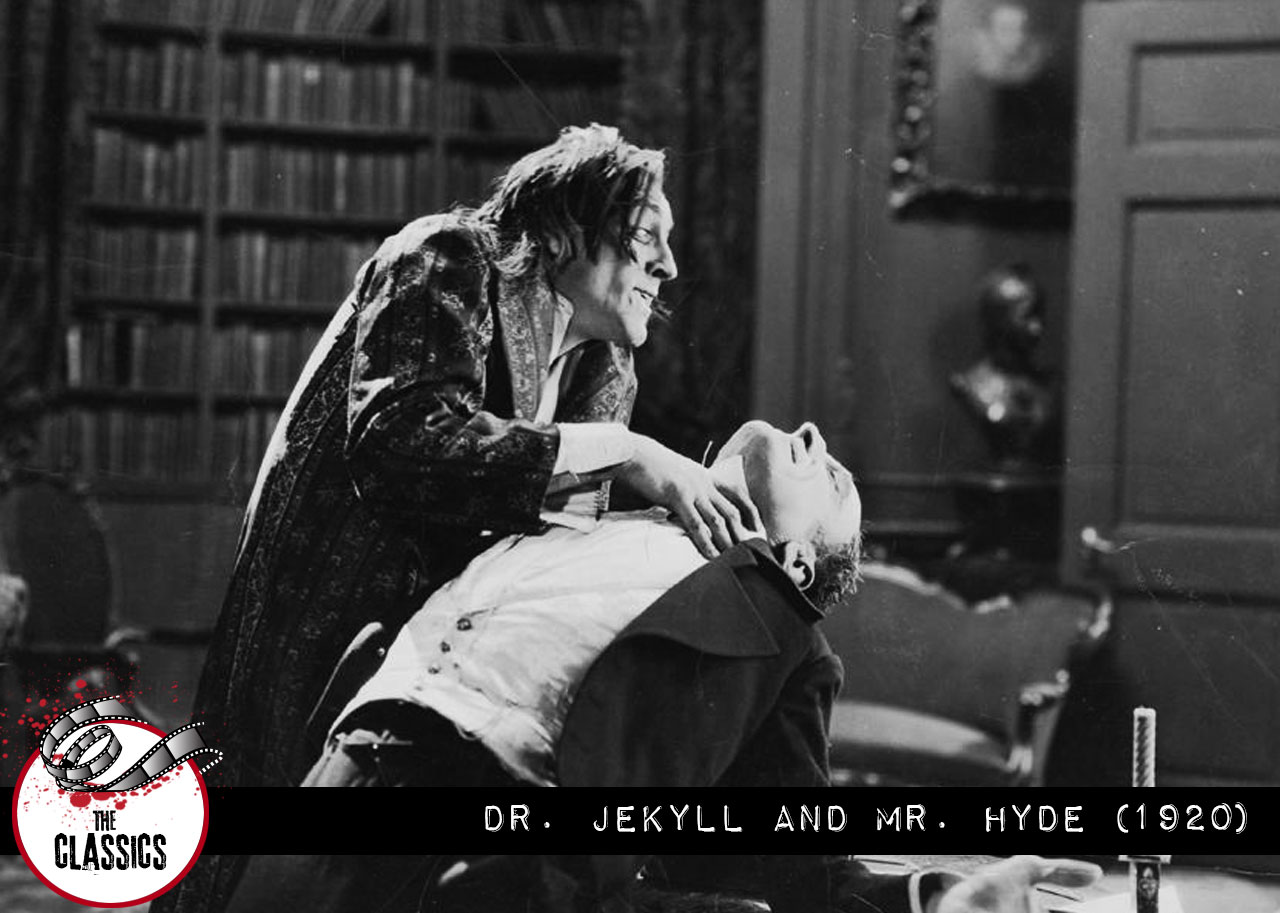

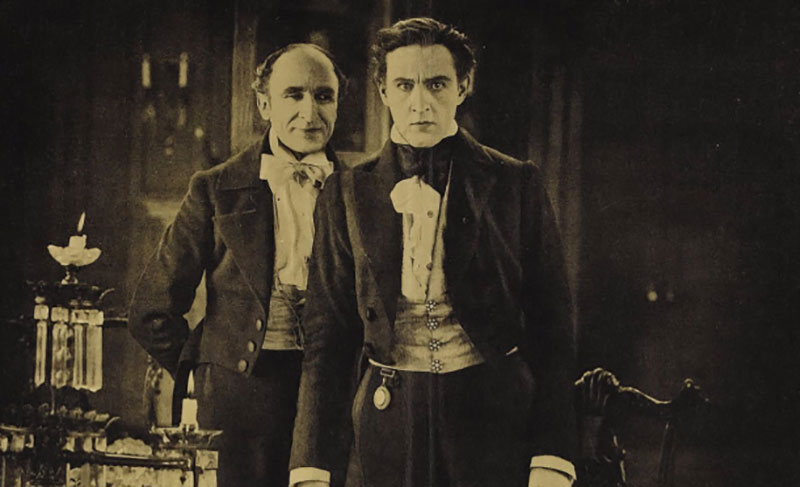
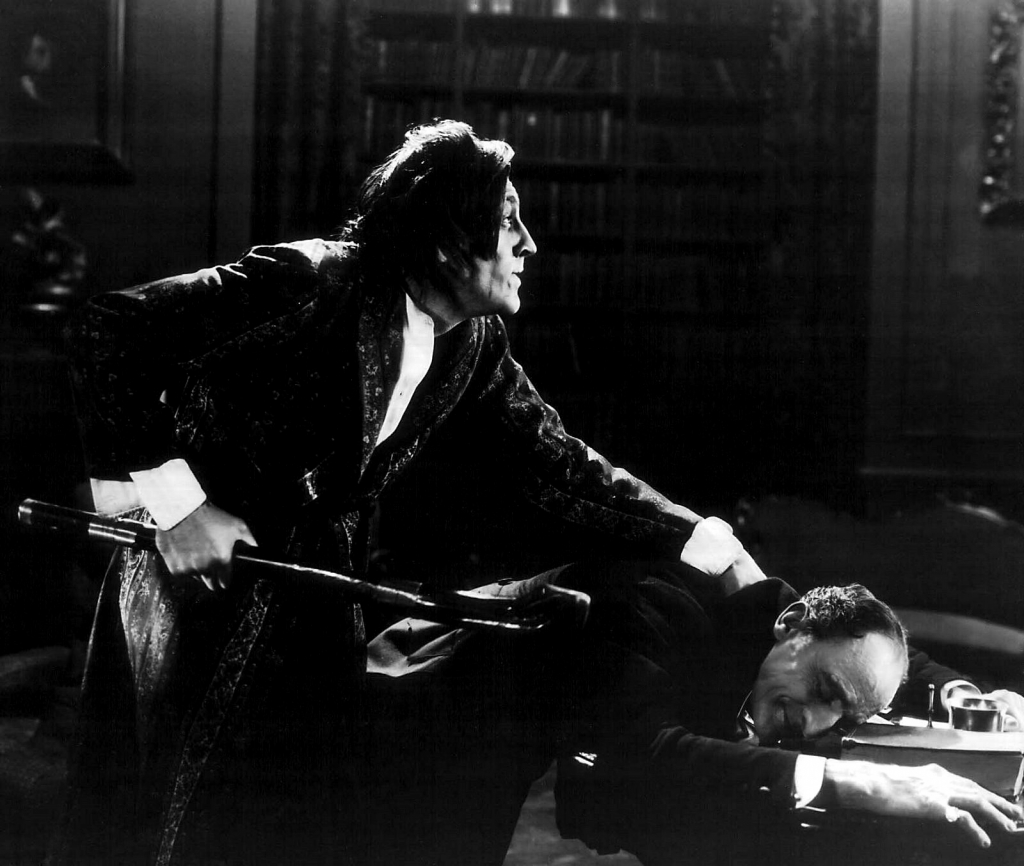
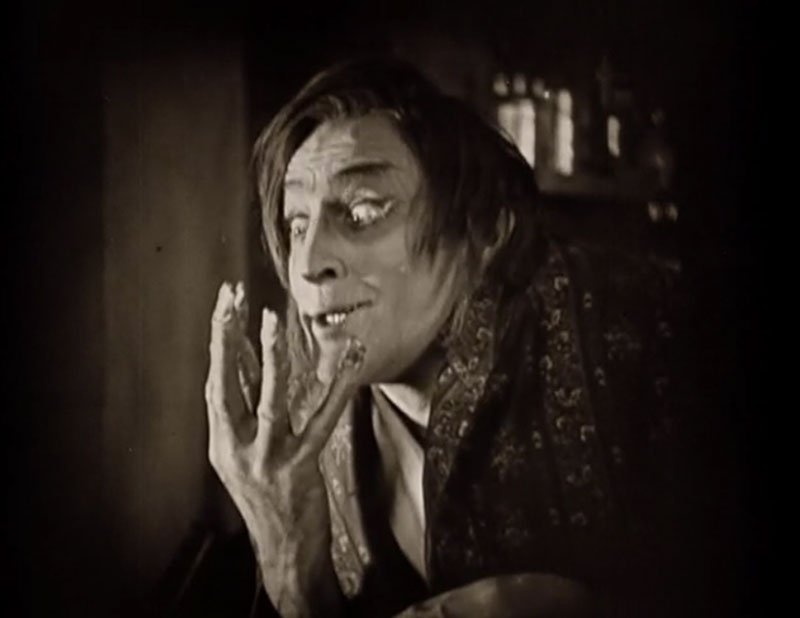
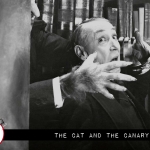
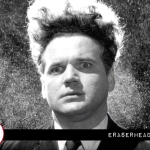

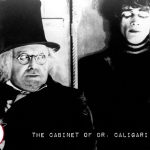







Follow Us!